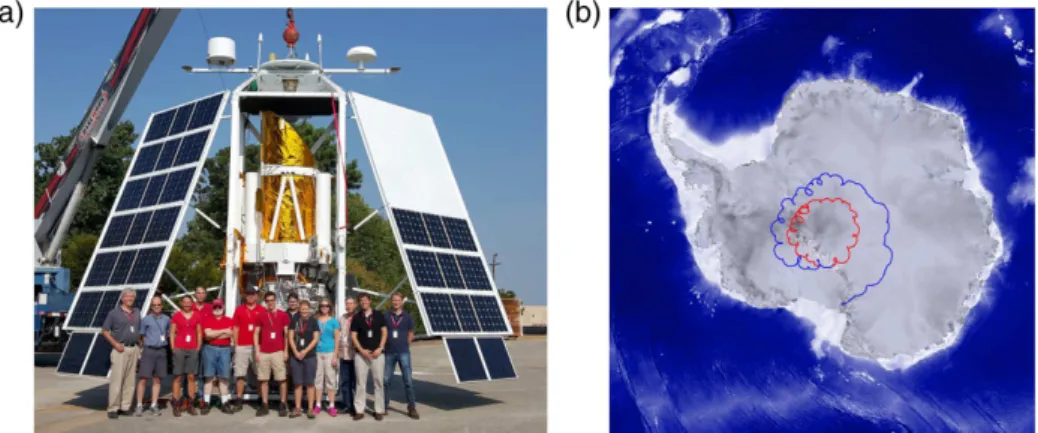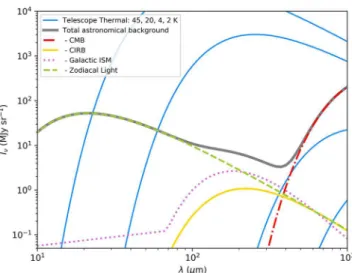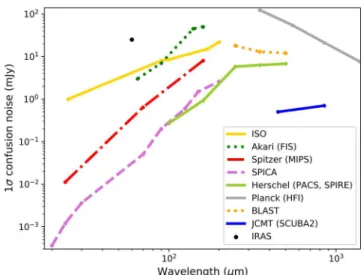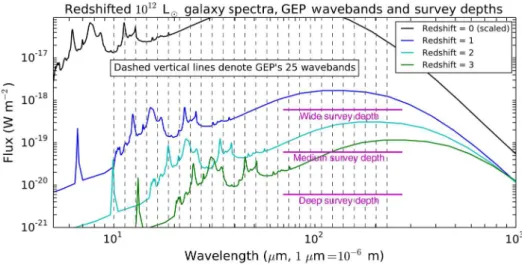Review: far-infrared instrumentation and technological development for the next decade
Texte intégral
Figure
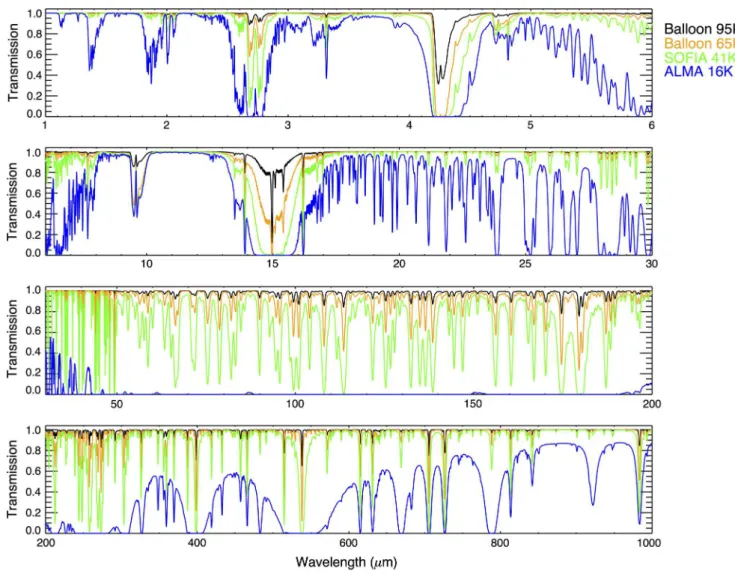

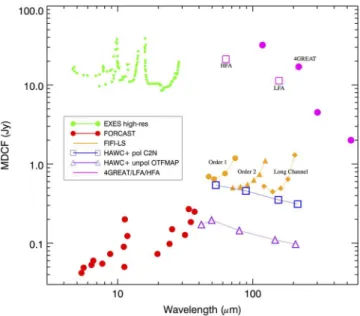
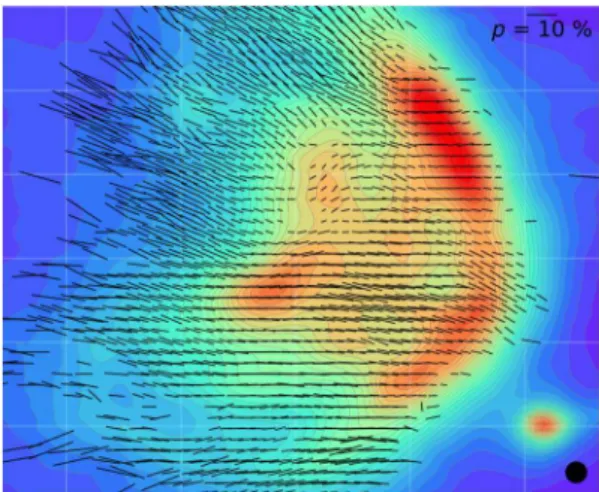
Documents relatifs
This study examines how platforms have seized the value chain referential and mobilized it in the specific case of technological innovations in the food sector in
Compared with the commonly used TE material bismuth telluride, the main aim of this work is to increase the electrical conductivity of the telluride glasses without a
Dans ce chapitre, j’ai présenté une partie de mes travaux sur les jonctions SIS destinées à fonctionner comme détecteur et mélangeur de fréquences dans des récepteurs
by means of AFMR experiments using an applied magnetic field : if the lines at v2 and V3 remain singly degenerate in applied magnetic field there are four
L’archive ouverte pluridisciplinaire HAL, est destinée au dépôt et à la diffusion de documents scientifiques de niveau recherche, publiés ou non, émanant des
L’archive ouverte pluridisciplinaire HAL, est destinée au dépôt et à la diffusion de documents scientifiques de niveau recherche, publiés ou non, émanant des
Under the general question of the organisation of P2P platform-mediated exchanges, another strand of research focuses on platform-mediated peer-to-peer exchanges as an
(2013), the number counts derived from the interferometric follow-up of bright sources are lower than the number counts extracted di- rectly from single-dish data, because the
